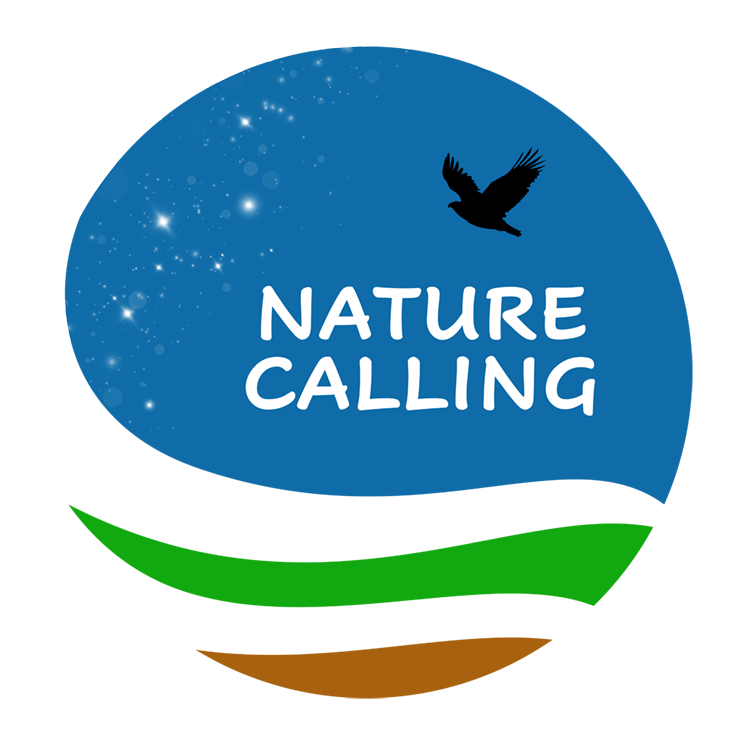In Anima, Thom Yorke follows a trail that was set out for his soul when his European ancestors crossed paths in the great forest.
For this new audiovisual feast from Paul Thomas Anderson is fairy tale, folks, mark my words. And as a writer who has long explored the deep trails made across our psyches by the play of light and darkness since time immemorial, the idea of ancient tales with modern significance is something dear to my heart. This isn’t myth as falsehood, but myth as powerful storytelling, opening doors to our secret longings, our hidden hopes, our romantic selves.

So how does this modern mythmaking work? Well, where once wise old crones shared secrets beneath the wild spreading branches of an oak or elm, or curious children allowed themselves to become enchanted by the thrilling call of a songbird until they were lost in the forest, Yorke is drawn along this heartfelt tale by similar instincts. His character in this romance is on the scent of the chase, following a girl of his dreams, yearning to return her lunch case, which is as precious to him as any other form of lost treasure could be. By the time he has woken up on his crowded train, dodged countless commuters on crammed escalators, and faced other barriers to his distant love interest, Yorke is following the golden imperative of the mythic journey: the hero is inspired to set things right, by returning the case and maybe meeting someone to care about in the deal. The foes and barriers, the challenges to his path, the obstacles that threaten to derail the fruition of his dream … these are all inevitable in the hunt, or life is not being lived. The thorns cross the path, the villain stands in the way, the mountain must be climbed. Our goal may seem just out of reach, but it is in such a quest that we are reminded of our power, as Joseph Campbell so often reminded us.

But while the chase is timeless, the imagery of Anima reflects our new ‘natural environment’: the city. The opening, submerged in the subway, enfolds us within a train shooting along a tunnel, like a probe into our everyday underworld. We don’t want to over-analyze the film – as Martin Shaw wrote, the best stories remain dark around the edges, they leave us in mystery, grappling with our own inner truths and conflicts, unsure rather than overly confident in our self-knowledge. But the nodding of the commuters, Yorke included, seems to stand as the inevitable process of socialization, a dance we all join in order to get by, a way of being that lets us be in the world. Turning it into dance is the magic that art, in this case film, allows us – to settle into the truths of our lives while also making them part of a greater whole. We play the game, we know we play the game, but we know we are also more than this, that we come from a place of unlimited potential and ultimately we belong in that place, as much as we do here, in our world of limit and dissolution.

In this world, Yorke and Anderson play with the familiar while feeling out its edges. As soon as Yorke glimpses his Anima – a Jungian term for the feminine within – his otherwise tired character is opened out into new worlds of excitement, with the possibility that everyday life might not leave us flattened but invigorated; that something might change for the better, after all. The chase includes a classic flying dream sequence, as well as epic scenery, and Yorke’s character responds with passing episodes of passive acceptance, fleeting anger, playful exploration and hopeless resignation in turns. All of these human responses are bound within another mythic signalling: towards the wonder of awe. Can it be true? Is it real? The dream of Anima speaks of these gentle inner experiences, which we all know and hold dear but too often let slide along the rigmarole of modern life.
The eventual meeting, the reuniting of two lost souls who complement each other in the endless dance of being around being, rolling along a laneway wall, is a testament to the hope of our unquenchable longing. Anima draws us down and reminds us where we come from and where we belong. This is Home, a place we have sometimes forgotten is also a planet with limits, forests and lakes, seas and other creatures that need protecting.
Whatever parts of us face the world – our Persona to society, family and each other – find relief in the depths of Anima. Psyche, or mind; self, the individual, you person, the mind/body, your vehicle for getting by … that person seeks their dance partner beneath the surface, where she lives and breathes and waits for us to remember. Take the trip, again …
Geoff Berry wrote his PhD on the symbol of light, his MA on dreams and myths, and sings along similar themes with Melbourne post-punk band SEVERINS.


